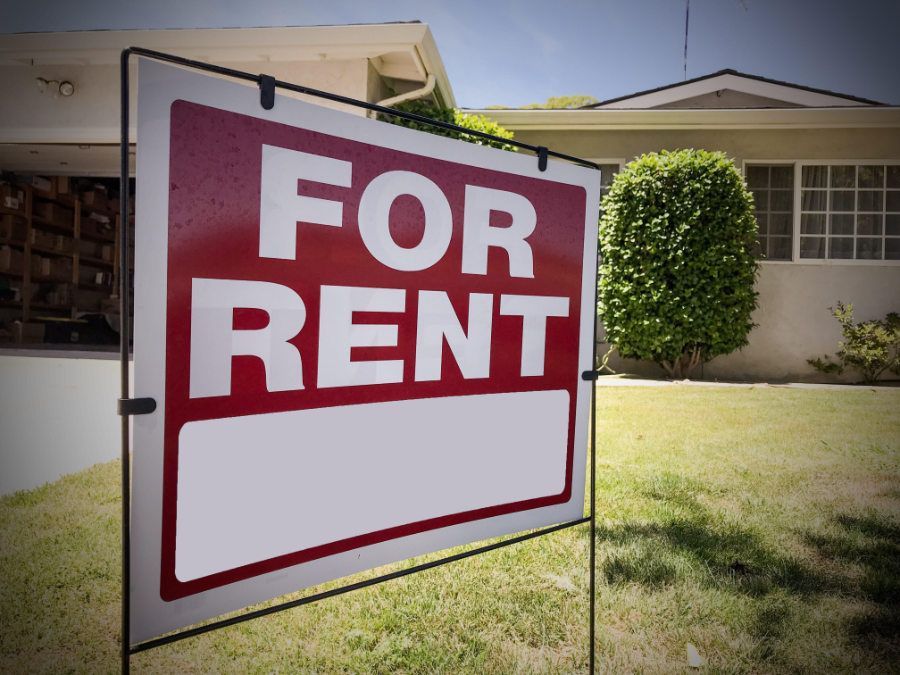3 Signs Your Property Is Ready For The Cold Weather

It's important to prepare your rental properties for the colder weather. Although we don’t need to prepare for snow and freezing temperatures, we do need to prepare for the cold and rain. By ensuring your rental is cozy inside and prepared for the fall season, you can not only reduce energy costs for your tenant but also maintain your rental property value.
Today, we’ll go over three signs your property is ready for this upcoming cold weather.
Sign #1 Proper Weatherproofing
During the colder seasons, it's much easier for a tenant to notice any cold spots in your rental. Well-insulated doors and windows can not only help maintain the warm temperature but also prevent it from lowering. It can also prevent cold spots and drafts, which can help with tenant satisfaction. Doors and windows should be properly sealed and insulated to prevent drafts and maintain proper temperatures.
A visual inspection of the weatherstripping around doors and windows to ensure they’re intact is a great place to start. If damaged, consider replacing them, as trying to seal gaps can be tricky and rarely lasts. Other seals should also be checked, as well as any areas that need to be caulked in order to keep cold air out.
Insulation during the summer helps keep the cool air in, and during the winter, insulation in the halls and attics helps retain desired heat. Hot air rises, and if there isn't adequate insulation in the ceiling, heat will continually be lost. Luckily, adding insulation to an attic is not uncommon and typically only requires a day or two for installation.
Sign #2 Energy Efficiency Measures
During the winter, it's not just the cold you need to keep in mind. As days are much shorter, there is less sunlight to keep the rental warm and more hours of darkness. For this reason, it's a good idea to keep energy efficiency in mind when preparing for the cold weather. Energy-efficient lighting or smart lighting helps reduce overall costs since your tenant will likely use electricity to keep warm. Ensure your outdoor lighting is rated for external use, as this can provide crucial illumination during longer nights.
Draft guards on doors and windows help reduce the load on your
rental’s HVAC system which can significantly improve its lifespan. This is also a great time to replace filters and clean the ductwork in your rental to improve energy efficiency. Additionally, consider installing an insulative film on older windows, which helps retain heat and keep rooms warmer without the need for extra heating. If your rental has a programmable thermostat, ensure it’s in working order, as this can help tenants manage an energy-efficient heating schedule more easily.
Sign #3 Property Exterior
Southern California is a great place to settle down, and while we don't need to worry about snowfall or deep freezes, ensuring the exterior of your rental property is ready for the cold weather is important. With our cold season mainly bringing with it rain, inspect your rental property’s rain gutter system. Remove debris from drains and check for leaks or signs of wear and tear.
Walkways should be clear of debris and well-lit. This may require you to prune and trim trees and bushes that may leave behind leaves. When combined with rainfall, a single wet leaf can cause someone to slip and hurt themselves. Consider adding non-slip mats or tape to areas where people may have tripped in the past.
Much like during the hotter weather, it's important for your rental to be ready for fall and winter. By keeping your property ready for any weather Southern California has to offer, you ensure your rental property and tenants will provide steady rental income every month. If you need help preparing your rental for the cold weather or if you need help managing Beach City rental property, we invite you to call us today at (562) 888-0247 or complete our
Owner Application online.





